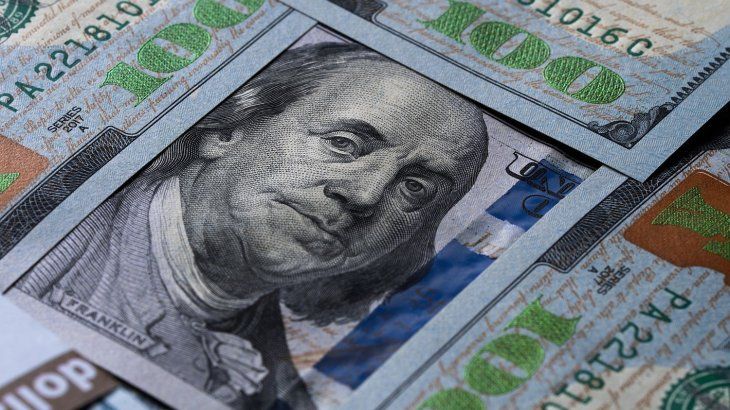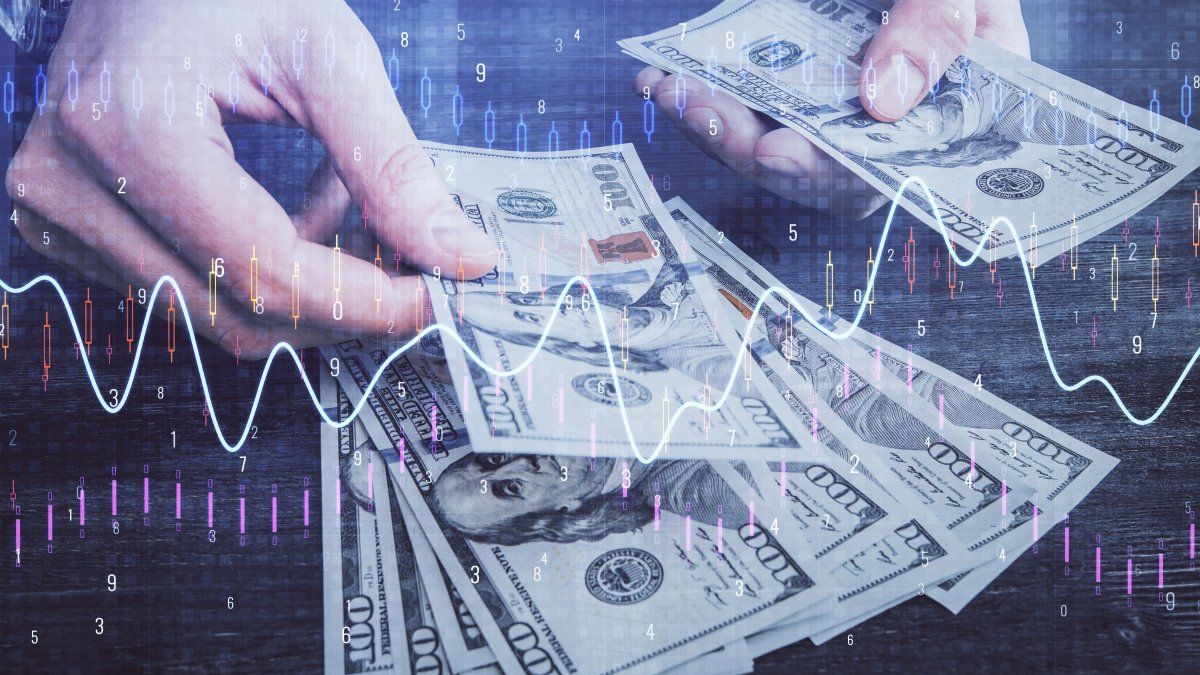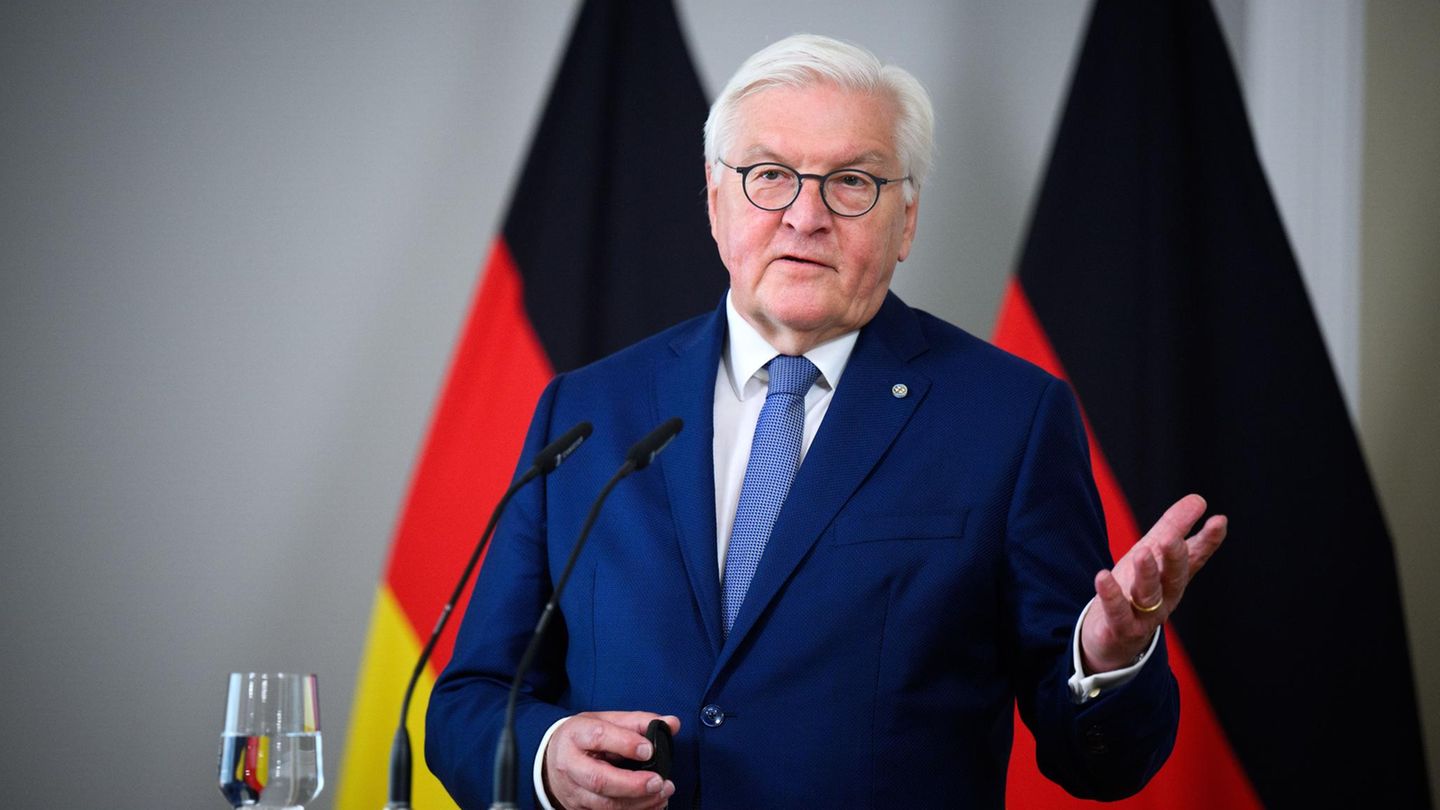The informal dollar is now worth practically the same as the official retail dollar, after falling 30% from $1,500, its nominal maximum recorded last July.
It took 22 years for the gap between the blue dollar and the official will show a negative balance. And the illegal exchange rate fell $70 in November and at the beginning of December it accelerated the losses, falling by the same magnitude, but in just one week. In this framework, the “spread” with the official ticket was reduced to minimums (3.4% compared to wholesalers, and 0.5% compared to retailers).
The content you want to access is exclusive to subscribers.
It happens that the parallel bill is worth the same as the MEP dollar, and is no longer one of the most expensive exchange rates on the market. In response to the query of Ámbito, Gustavo Quintana of PR Exchange Operators, commented that he has no memory of a “negative convertibility gap” phenomenon.


He added that it is possible that this dynamic persists for a few more days, “but probably in the second fortnight we will see a different panorama.” Although he points out that it is “difficult to anticipate movements, but what I am seeing these days for me is a seasonal phenomenon that is always repeated in the first part of December.”
Dollar: pressure for the second fortnight
Quintana slips that the market demands pesos and that feeds the supply of currency and prices drop. But “the second fortnight may present a different panorama, because those who received bonuses, gratuities, advance vacations, may fuel demand and consequently prices may react,” he warns.
“Anyway, from what we see, the scenario does not present exchange rate tension and I do not think that the changes will be significant. We have to wait, the streaks always end and the markets correct at some point,” concludes the expert.
dollar blue.jpg

The elimination of the exchange rate gap is a positive achievement in the short term, but its stability is in doubt without deep structural reforms.
Depositphotos
From Econviews, Miguel Kiguel’s consulting firm comment that “the gap is dead for now. The gap is still at low levels and getting smaller every day, but we have to be alert because summer is approaching and there will be more demand for dollars from tourism. At some point the devaluation of the Real and of other Latam currencies can awaken parallels”, in line with what Quintana proposes.
In dialogue with this medium, Leonardo Anzalonedirector of the Center for Political and Economic Studies (Cepec), stated that “although the gap between the official dollar and the parallel dollar has been reduced, this was achieved at the cost of sending 20% of exports to the CCL and reinforcing the stocks. “. For its part, Orlando Ferreres He pointed out that, according to his calculation, the theoretical parity of the dollar should be around $1,605 in December, which represents 60% more than the official value.
Despite this, Ferreres highlighted: “The elimination of the exchange gap is a positive achievement in the short term, but its stability is in doubt without deep structural reforms. Fiscal consolidation, trade surplus and a coherent exchange rate policy are essential to avoid “the reappearance of exchange tensions. Without these measures, the reduction of the gap could only be temporary, which would once again put the Argentine economy at risk of devaluation and volatility.”
Source: Ambito




